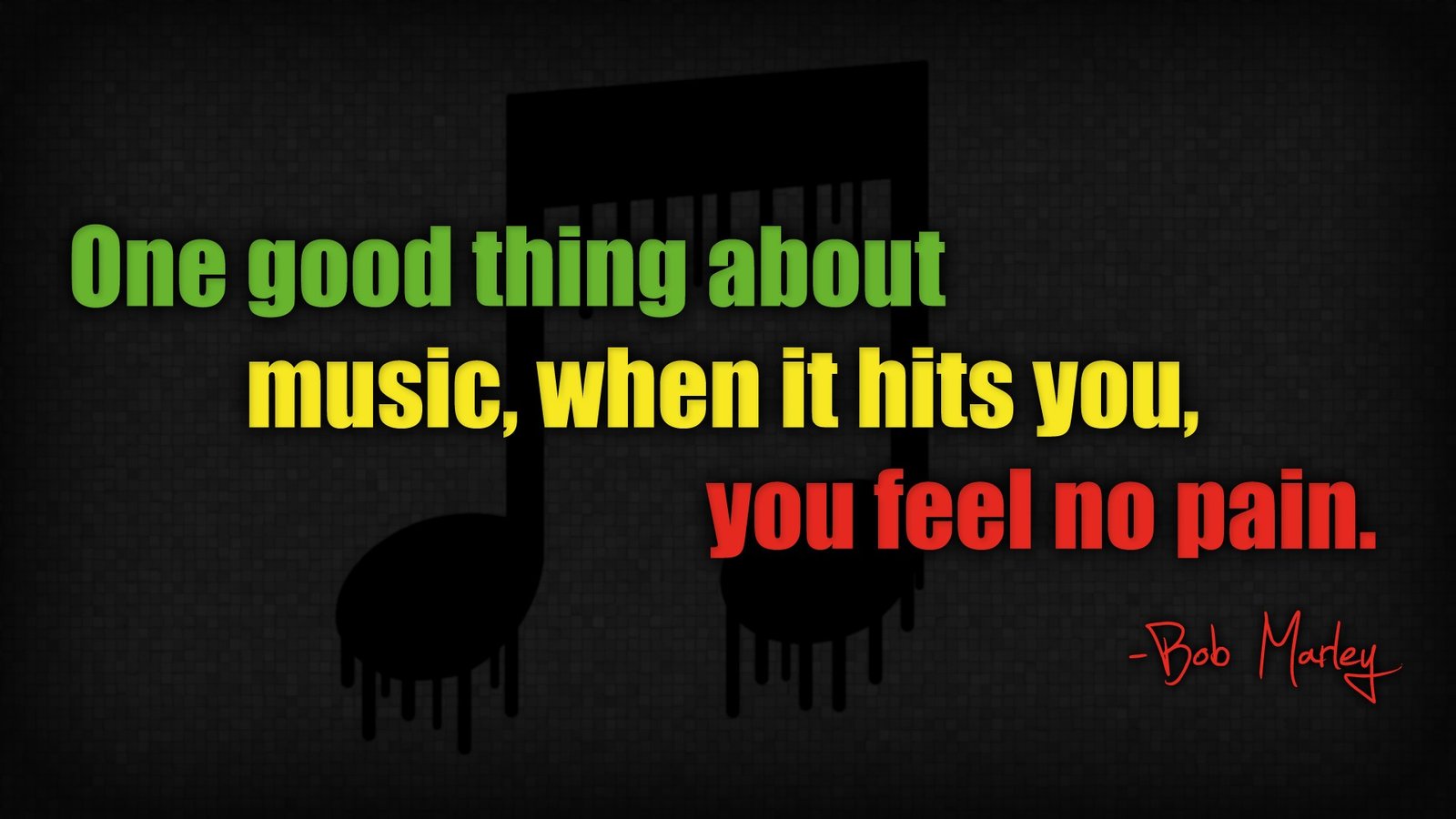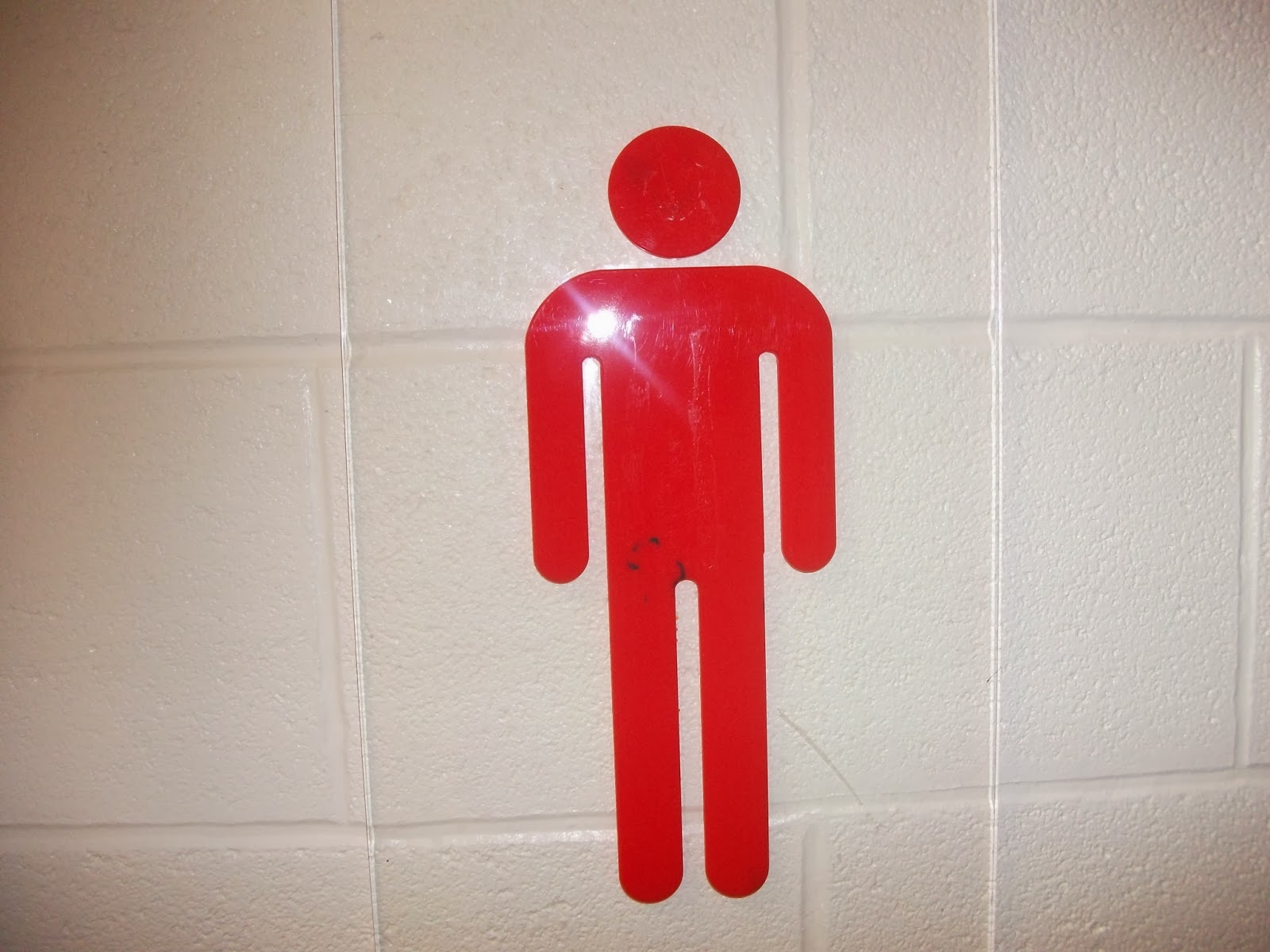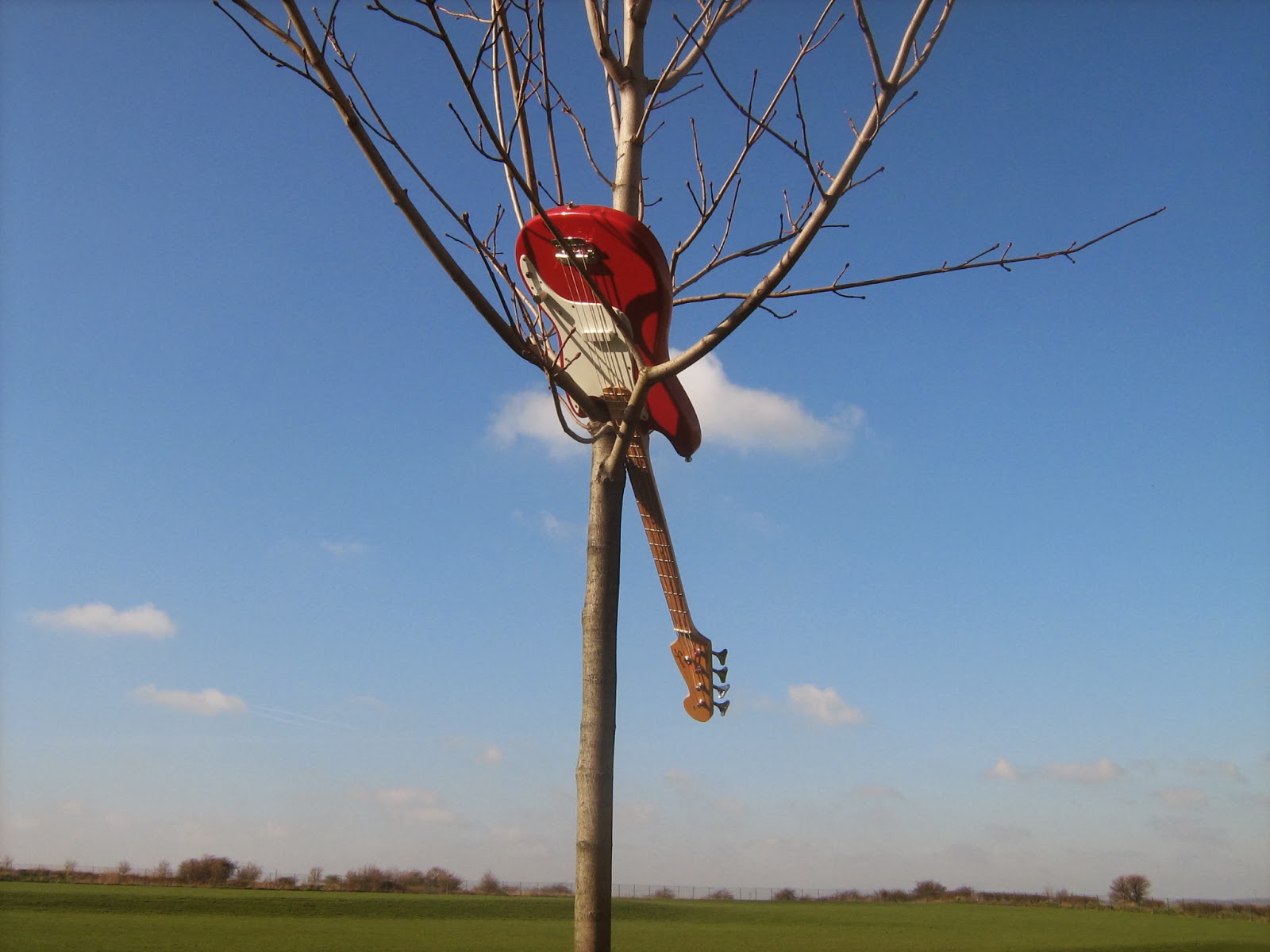Here are the images I've considered for alteration for my album artwork. Most of these images were taken randomly but with the intention of looking at least stylistic, artistic or conventional to the indie/alternative genre. But still, some are just plain random. Because of there being a large amount of images, the next post will be the images in an edited/altered form, however I will have to get rid of quite a few of them.
These first two images were taken to represent the transition from 'human' to 'dancer' as explored in the music video. The image of a person emerging from the shed is a more stylistic take on the re-birth of the 'dancer' that happens as characters who have changed appear from bushes in the music video.
This photo was taken randomly, yet looking at it again, you could interpret it as a caution. The caution could be that if you drink too much alcohol, then the long alley shown in the picture could represent how long it could be before you come to your senses and feel normal (sober) again. Interpret it any way you like. As though we're producing artwork for a digi-pack album, the image could just be a reference to another 'song' on the album.
The roundabout is the same one that the female character (played by Nicole Denman) spins on and jumps off of in the 'Human' music video. It's basically a still-shot of that location.
A simple photo that is ambiguous. There's the actual meaning (a road sign), but then because it's considered for the album artwork, the sign could be interpreted as though you're 'giving way' for the band, or maybe 'giving way' for yourself to change from 'human' to 'dancer' like in the music video.
This image is purposely focused on close-ups but not on long or establishing shots. This is to represent the unknown 'out'look of something until you actually pass through the obstructions that you can see (the wood in-focus) which block you from finding out.
This image represents nature. The shed is wooden, the leaves are, well, leaves, and there's a human in centre frame.
I couldn't really interpret anything important in this image except from showing that inanimate objects enjoy music, and in particular, the song 'Human.' Anybody and anything would like it. However, because the original artist is The Killers, and the image is of a skull, we could link it to the band. No idea how.
The defacing of Velvet toilet roll with a red bingo marker is intended. 'Wiping' away 'your average human self' is simply linked to toilet roll... because it wipes, and with ease, which could be another interpretation: people can change very easily. For good or for bad. But there's no reason for it being inked in red, that's just the only colour I could work with.
How on Earth did that end up there? That's why I took a photo. Because it's odd, and seems to fit in with the 'alternative' genre of the band. The colours could also be interpreted as the 'dancer,' who isn't just monotonous, but spontaneous and unexpected.
Both the man and woman are humans. As is the song and video title of our production. They are anonymous; without any defining features. They could be used in the album to imply an equality, as well as possibly mirroring a 'song' title.
A psychotic Leon-oid. Basically, this image was taken to refer to the change in the characters in 'Human,' which is why Leon, who plays the male character, has propped his hand up in a gesture that implies the 'frowny-face to smiley-face' routine. The hand has just been at the bottom of his face, which was frowning, and now it's passed his frown to the top of his head, now revealing a worrying wide-eyed grin of a smile.
This is the shadow of the tree featured in the 'Human' music video. Its shadow is almost symmetrical, and it could be viewed as an odd image because there's the juxtaposition of cold and warm in the picture. The tree is still bare, so it's still in the winter/spring boundaries, but the surroundings are that of a sunny day. Its oddness could fit with the eccentric nature of the music video.
I like to call this 'Camception.' Me taking a photo of Jack, taking a photo of Josh, taking a photo of the thorn bushes in front of him. This was intended to give a slightly artistic tone, as it shows a watcher watching another watcher, as though to imply that whatever you do, another person could be doing the same, either towards you or not. Or it could imply plagiarism, as somebody is copying somebody else's activity or work.
This image seems to look like a re-imagining of 'Kes,' which is an important part of British media culture. Josh is seen flagging with two digits, as though to appear victorious, like Billy. Other indie albums refer to other forms of cult media, such as Bastille's 'All This Bad Blood' containing a song titled 'Laura Palmer,' which is, along with some evidence in the lyrics, referring to the cult show 'Twin Peaks.'
This was considered quite quickly, because after adding the improvised positioning of the guitar at the end of the music video, we thought that because it was very stylish, we decided to photograph it. It has a very simple, yet effective look as it's centre frame and an odd placement of an object otherwise disassociated with a tree.
These images are of one of the band members, Jack, who played the keyboard, which unfortunately doesn't fit with the guitar in the tree, but it was due to other members not being present for the photos. Again, the image is simple, yet effective because of everything in the picture being present in the video. The image below was another idea of changing Jack's look from dark to bright.
These words are relatable to many forms of media (specifically the music world), so with the words 'Sold Out' covering the image, it would be very useful for the album because it presents it, and the performance, as professional. It's a very frequently used phrase in the music industry.
This was a photo taken at least a year ago (as were the following six images), but its natural beauty could be artistic, as it looks like an image that would be painted. It is very simple yet effective with colour (greens, whites and browns), which is a big factor of many indie album covers such as 'My Head is an Animal' from Of Monsters and Men, where its tone of colour isn't the main focus, instead it being the whole image as the focus point.
This image of a coastal theme park would be very useful as a backing cover. This is because the large space occupied by the skyline to the right of the photo would be a good place to put the track list. It still allows the consumer to look at the traditional British park/fair.
This was genuinely a random photo, yet if I edited it in a certain way, it could fit with the (establishing) tone of the album artwork. I compared this image with the album cover of 'Union' by Saint Saviour, which was simply a bonfire shrouded in darkness, which looked beautiful and somehow connected to the album because it's powerful. As is fire, which could signify 'burning' passion or desire, heated situations etc.
The bridge I photographed here has an almost perfectly symmetrical look. It's a faded colour of brown (or maroon maybe) and yellow, as though it's been neglected, which, if exaggerated, could refer to the neglecting of the character's average human features in 'Human.' It could also refer to a unit of time it takes to get back to how you once were, like the previous image of the bottle in the alleyway. Its inclusion in the album would be rather artistic because of its symmetrical look, yet its background being a bare wooded area could seem odd.

This image has been heavily considered for artwork because of the castle. It's an establishing (or possibly long) shot of a town, with a castle stood overlooking the houses in centre frame. The image is odd because of the castle's location in the modern day, and it's very useful because, like 'My Head is an Animal' by Of Monsters and Men, the first thing the consumer would notice is the castle protruding from the landscape, surrounded by houses, as would the consumer first notice the wooden house/cabin in the sea on the Of Monsters and Men album.
A random photo, which heavily implies that the 'Public Footpath' hasn't been used for a long time. I could interpret it as it being idiosyncratic; a person not taking the route outlined for them, but instead going in whatever direction they please, or for a simpler phrase, going your own way. One that is exclusive to you. This could refer to 'Human,' as the characters become what they want to be: different and spontaneous.
This image could have the same meaning, or interpretation, as the image of the bridge. However, this picture of the top of a viaduct is much longer and more stretched out. It's as though you have to walk through a lot of nothing to get to what/where you want.
Like Arcade Fire's 'The Suburbs,' this image (taken very recently) shows a car, in which I photographed the top of. It doesn't have any significant meaning, but the tone of the colours are familiar to the tones that are conventional for an indie/alternative album.
This is a very simple picture I took, which could be easily referred to other images in different indie albums. Bands like 'Wolf Gang' filmed their 'Dancing with the Devil' video, which was filmed in a low-lit pub/restaurant, making it seem very reflective with the lights mounted on the brown (or dark red) walls of the setting. It gave the video a very rustic, indie feel. It's the same with the colour of the leather couch below, which is also a dark red tone.


This is me (the assistant director, editor, storyboard-er, location scouter, and other contributions, of 'Human') staring at the 'tree-tar' that was improvised at the end of the video. It could be seen as a possible behind-the-scenes still, because I'm looking at one of the centre-framed images in the video. Even though it isn't directly linked to another similar indie album, the idea of it being a pseudo-behind-the-scenes image is relatable to Paloma Faith's 'Do You Want the Truth or Something Beautiful' album, where one of its artwork images is of Paloma in the same setting as the front cover, but with make-up artists and set-designers in the frame setting it up.

These last two images are, of course, me again. Now to be honest, I had no clue what I was thinking when I found a blade of tall grass and decided to pose with it between my teeth, but for one reason or another, it seemed to fit, because it was odd, eccentric. The shadow of the tall grass in the last picture perfectly underlines the 'Out of Hours Access' on the sign, with a possible interpretation of this sign on a music album could be simply its instruction: to point toward. It could be pointing towards the band or the music. But it could instead be used as stylish, or artistic, abstract artwork.









































































































































































